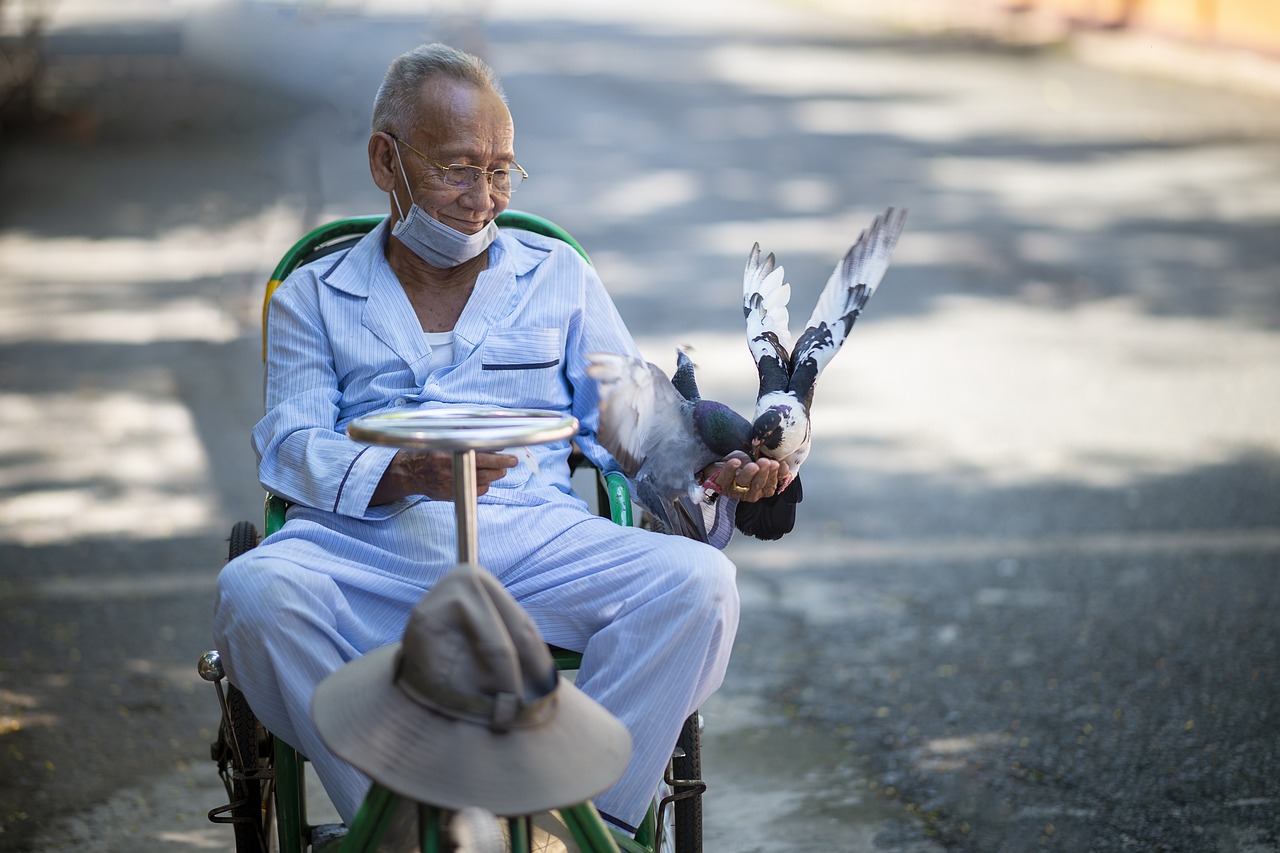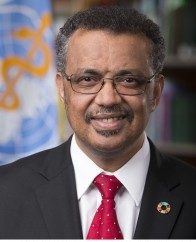
By Dr. Tedros Adhanom Ghebreyesus*
Director-General
World Health Organization
Geneva: 2024 will be a test for humanity; a test of whether we give into division, suspicion and narrow nationalism, or whether we are able to rise above our differences and seek the common good.
While many of us celebrated the dawning of the new year with family and friends, for millions of people across the world, 2024 is not a happy New Year.
This Sunday marks the 100th day of the conflict in Israel and the occupied Palestinian territory. The situation is indescribable. Almost 90% of the population of Gaza – 1.9 million people – have been displaced, and many have been forced to move multiple times. People are standing in line for hours for a small amount of water, which may not be clean, or bread, which alone is not sufficiently nutritious. Only 15 hospitals are functioning even partially. The lack of clean water and sanitation, and overcrowded living conditions are creating the ideal environment for diseases to spread.
Delivering humanitarian aid in Gaza continues to face nearly insurmountable challenges. Intense bombardment, restrictions on movement, fuel shortages, and interrupted communications make it impossible for WHO and our partners to reach those in need. We have the supplies, the teams and the plans in place. What we don’t have is access. WHO has had to cancel 6 planned missions to northern Gaza since the 26th of December, when we had our last mission because our requests were rejected and assurances of safe passage were not provided. A mission planned for today (January 10, 2024) has also been cancelled.
The barrier to delivering humanitarian aid to the people of Gaza is not the capabilities of the UN, WHO or our partners. The barrier is access. We call on Israel to approve requests by WHO and other partners to deliver humanitarian aid. We continue to call for a ceasefire, but even without one, corridors can be established to allow the safe passage of humanitarian aid and workers. We continue to call for the release of the remaining hostages. And we continue to call on all sides to protect healthcare, in accordance with their obligations under international humanitarian law. Healthcare must always be protected and respected; it cannot be attacked and it cannot be militarized.
Now to Sudan, where the situation is continuing to deteriorate after nine months of conflict. Increasing violence, mass displacement, spread of diseases such as cholera, insecurity and looting are undermining the work of WHO and our partners to save lives. We are also deeply concerned by reports of increased sexual and gender-based violence, as well as reports of family separation and child recruitment.
In the past month, half a million more people have been displaced from the Al-Gezira state, due to the spread of the conflict. The state used to be a safe haven from the conflict in Khartoum and is a hub for WHO’s operations. Due to security concerns, WHO has temporarily halted its operations in Al-Gezira.
The state is also considered the bread-basket of Sudan, and fighting there has disrupted the annual harvest, and increased the risk of food insecurity in conflict-affected areas.
Even before the conflict began, many people in Sudan suffered from food insecurity. Now it’s unimaginably worse, especially for children under 5 and pregnant and breastfeeding women, who are the most vulnerable to acute malnutrition. An estimated 3.5 million children under-five – one in 7 – are acutely malnourished, and more than 100,000 are suffering from severe acute malnutrition, requiring hospitalization.
At the same time, Sudan is suffering from an outbreak of cholera, with around 9,000 cases and 245 deaths. Towards the end of last year, WHO and our partners supported vaccination campaigns in three of the most affected states.
Now to Ethiopia, where WHO is gravely concerned about the worsening health crisis in parts of the country. The north-western region of Amhara has been badly affected by conflict since April 2023. The internet is still cut off in the region, severely impeding communication with health partners and authorities. Restrictions on movement are impeding the provision of humanitarian assistance.
Fighting is affecting access to health facilities, either through damage or destruction, roadblocks and other obstacles. According to a multiagency report, 61 health facilities have been fully damaged, and 39 partially damaged as a result of the recent conflict in Amhara. Health authorities are unable to deliver training and supplies and are unable to transport samples for laboratory confirmation in many areas.
Conflict, drought and displacement are driving widespread hunger and disease outbreaks, including media reports of near-famine conditions in Tigray and Amhara. The El Niño phenomenon has affected more than 17 million people across Ethiopia, but the impact in the northern areas is particularly concerning.
Disease outbreaks are spreading in northern Ethiopia, as the result of conflict, drought, economic shocks, and malnutrition, especially in the Tigray and Amhara regions. Over 30,000 cholera cases were reported between August 2022 and December 2023 across the country, including in Amhara, Tigray and Afar. Cholera is also spreading in the Somali region due to recent flooding. Outbreaks of malaria, measles, leishmaniasis and dengue are also on the rise. The most pressing need is for access to the affected areas, so we can assess the need and respond accordingly.
Finally, although COVID-19 is no longer a global health emergency, the virus is still circulating, changing, and killing. Data from various sources indicate increasing transmission during December, fuelled by gatherings over the holiday period, and by the JN.1 variant, which is now the most commonly reported variant globally.
Almost 10,000 deaths from COVID-19 were reported to WHO in December 2023, and there was a 42% increase in hospitalizations and a 62% increase in ICU admissions, compared with November. However, these trends are based on data from less than 50 countries, mostly in Europe and the Americas. It is certain that there are also increases in other countries that are not being reported.
Just as governments and individuals take precautions against other diseases, we must all continue to take precautions against COVID-19. Although 10,000 deaths a month is far less than the peak of the pandemic, this level of preventable death is not acceptable. We continue to call on governments to maintain surveillance and sequencing and to ensure access to affordable and reliable tests, treatments and vaccines for their populations. And we continue to call on individuals to be vaccinated, to test, to wear masks where needed and to ensure crowded indoor spaces are well-ventilated.
Although COVID-19 is no longer a global health emergency, there are many other emergencies to which WHO is responding, including in Gaza, Ukraine, Ethiopia and Sudan. On Monday (January 15, 2024), WHO will release our Health Emergency Appeal for 2024, outlining how much we need to protect the health of the most vulnerable people in 41 emergencies globally.
Despite the many challenges we face, I remain an optimist. In 2024, we aim to reach almost 90 million people with lifesaving support. And WHO remains committed to doing everything we can to promote, provide and protect the health of the world’s people, this year and every year.
*Excerpts of WHO Director-General’s opening remarks at the media briefing today.






